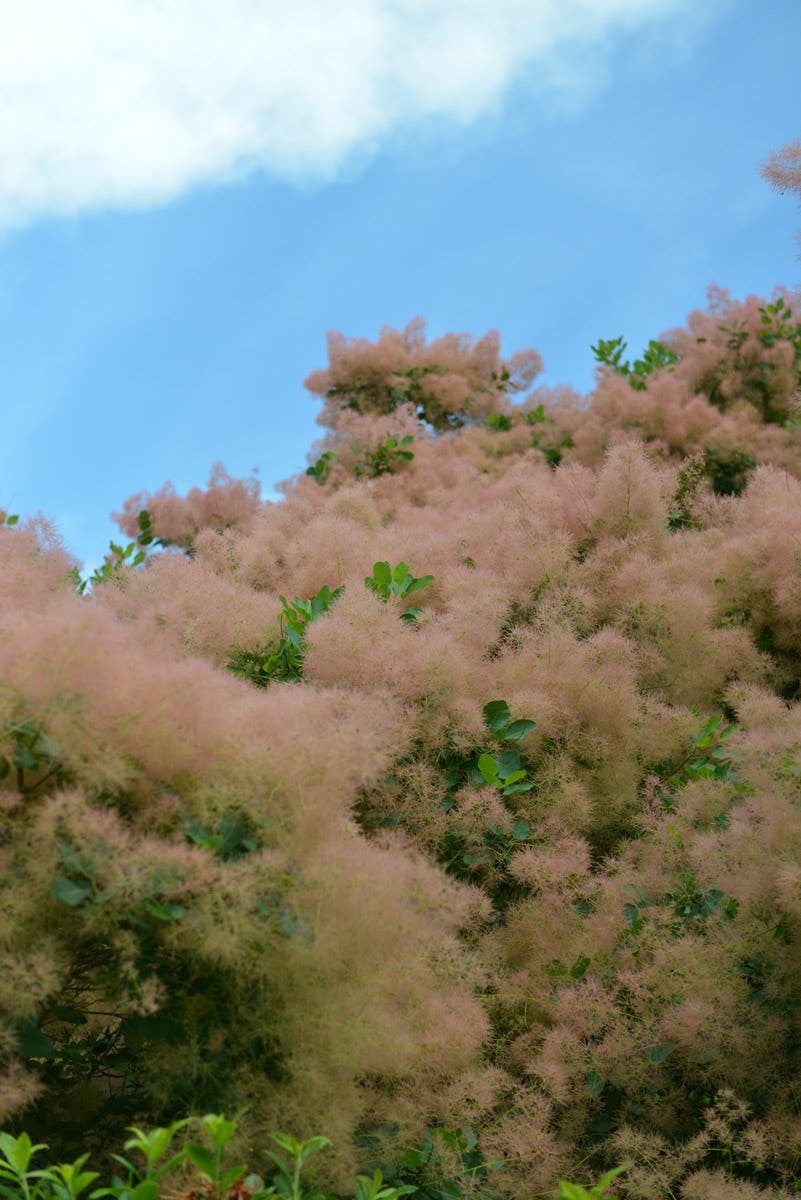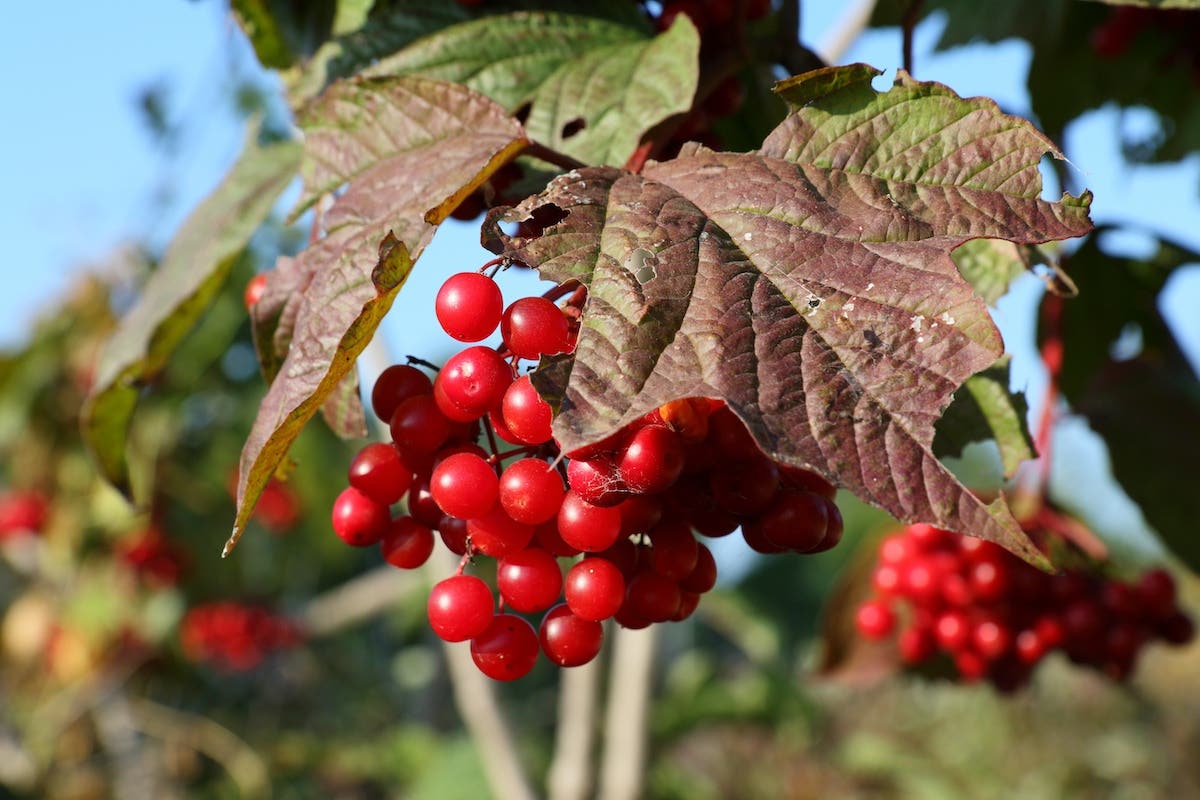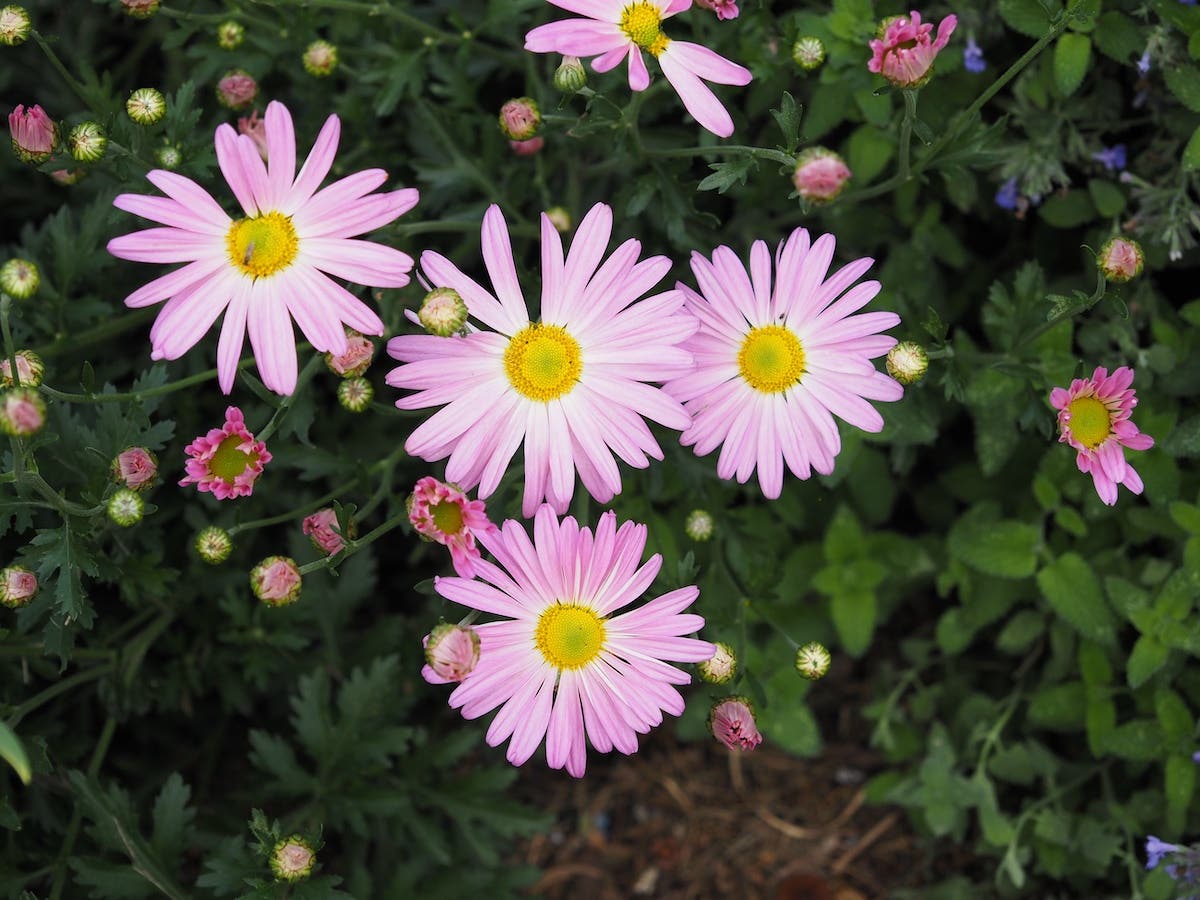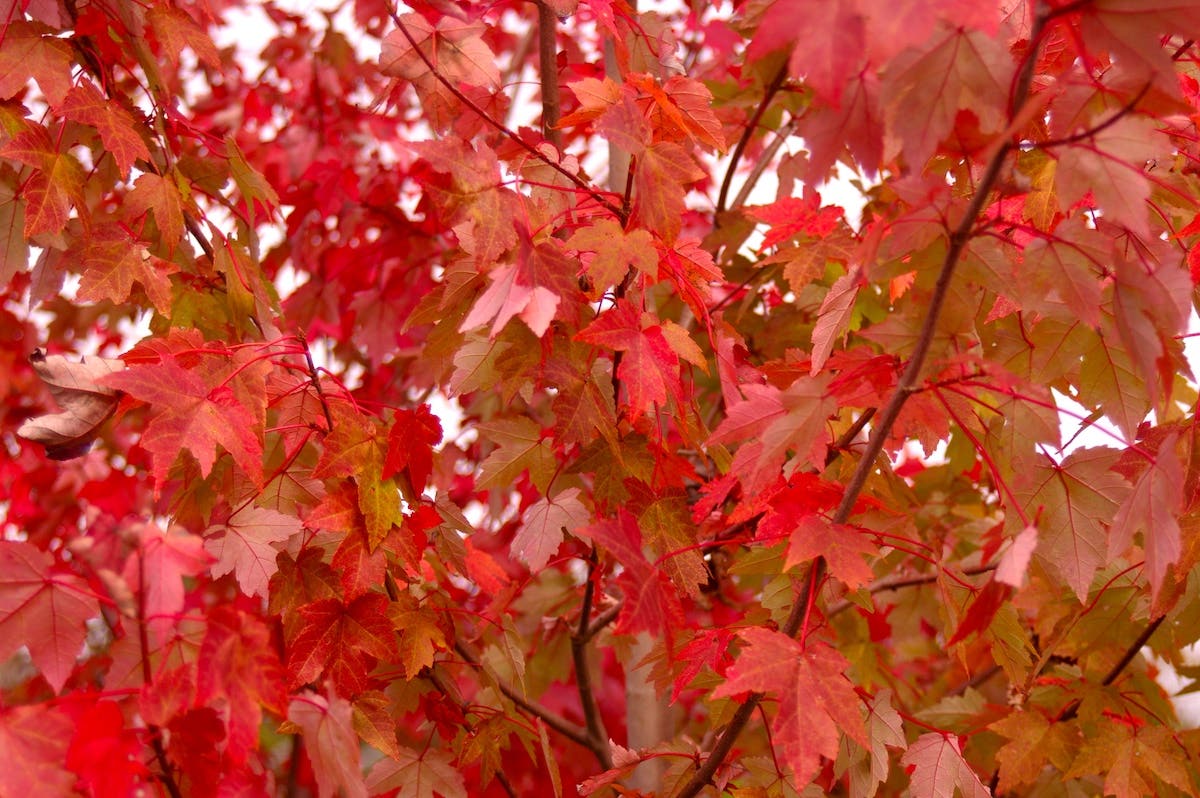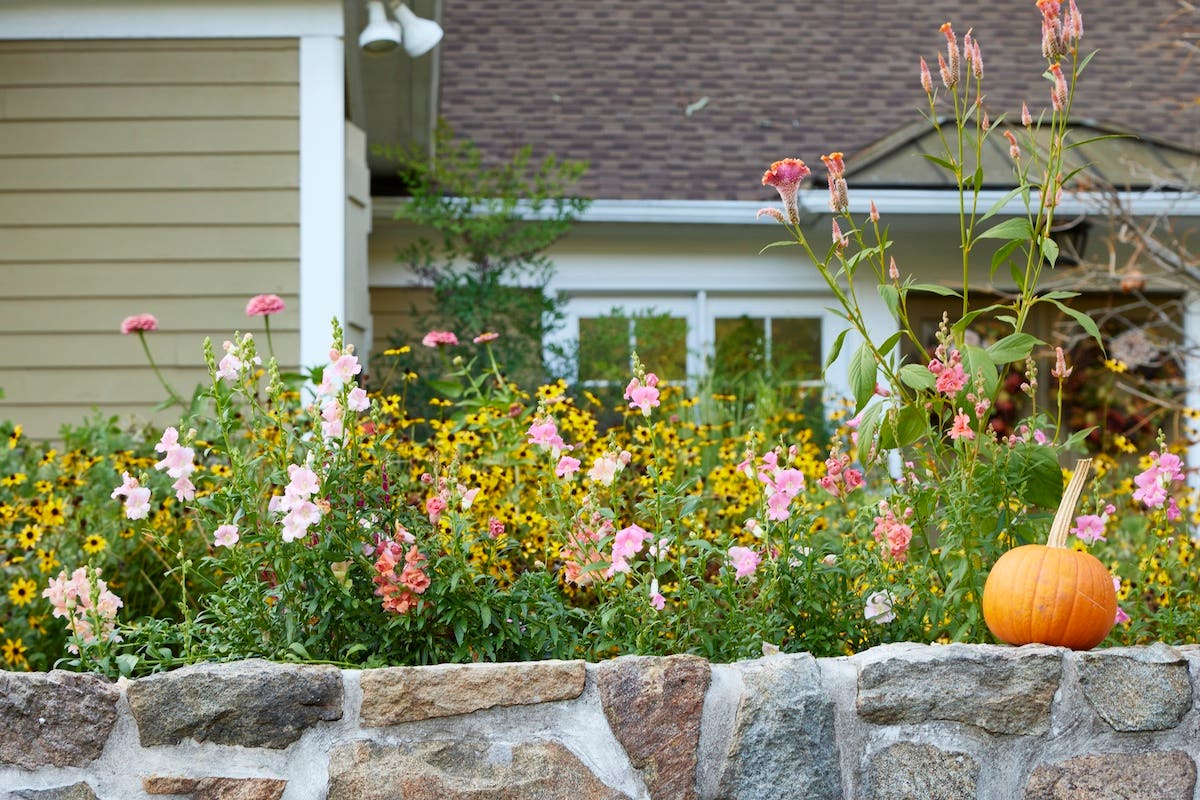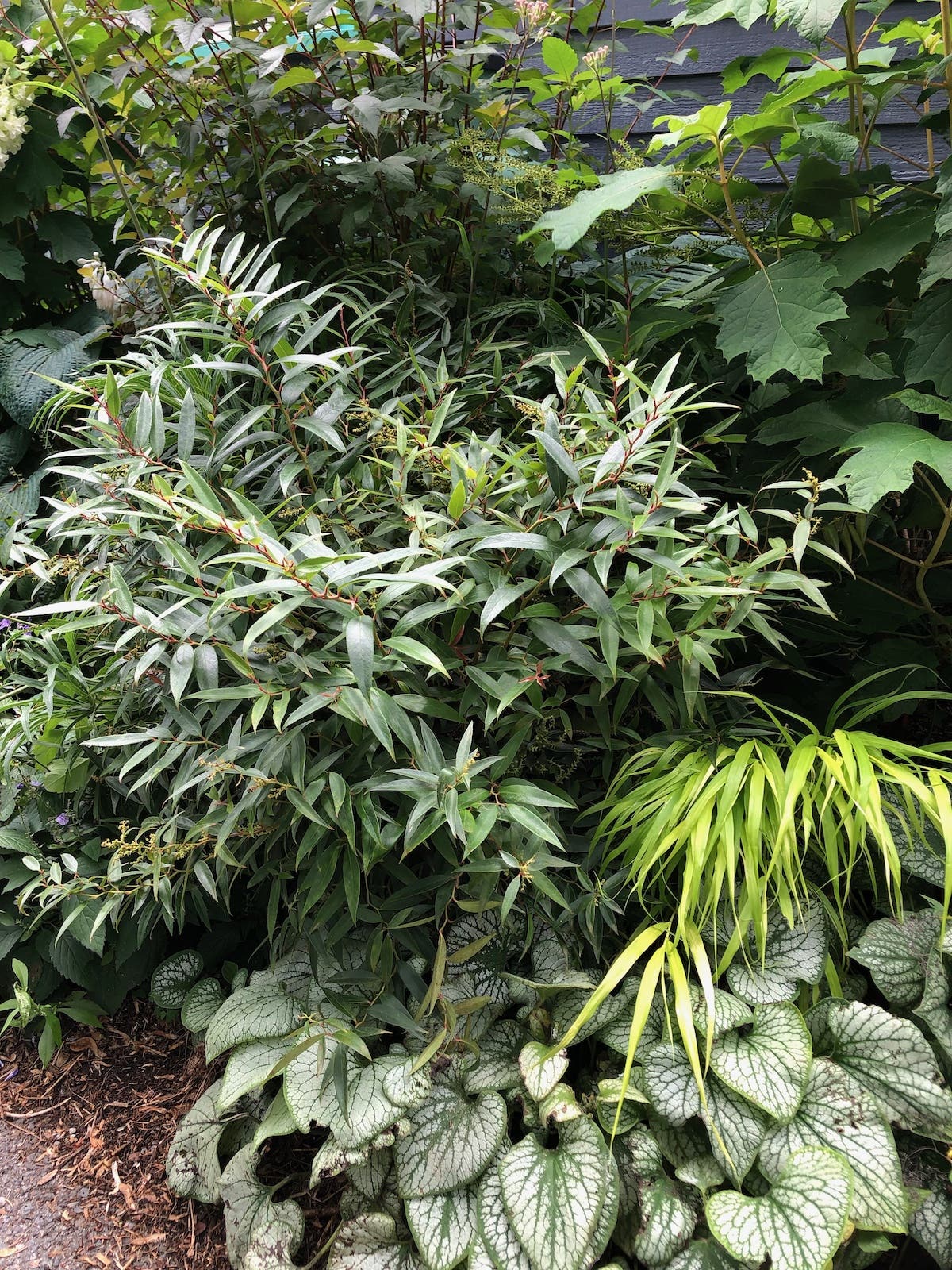Three moms and a passel of kids went on a mission one spring: Find the fairy slippers! That’s to say, we were searching for the fairy slipper orchids (Calypso bulbusa) that bloom only for a short time in the Little Belt Mountains of central Montana.
After the first big push up a hill (and a surprise discovery of a perfect morel mushroom), we located a small patch. The bright pinkish-purple blooms with their gaping pouch and flaring upper petals look like no other flower in the area. They rated high on the “cool” scale for the kids, who studied the flowers up close and then ran ahead to find the next patch.
I never thought about orchids until I learned that they grow in Glacier National Park, which, frankly, blew my mind. As they do for many people, orchids bring to my mind a warm, tropical region. The aptly named Glacier is far from that description. Yet I shouldn’t have been so surprised. According to the North American Orchid Conservation Center (NAOCC), Orchidacea makes up the largest family of flowering plants in the world, with upward of 28,000 species. They’ve all got to grow somewhere.
Knowing that they are so widespread makes me wish I opened my eyes earlier. I took a class with the Glacier Institute and nearly fell over when the instructor pointed out white bog orchids (Platanthera dilatata) thriving in the ditch along the road. We didn’t walk very far down another trail to find spotted coral root (Corallorhiza maculata) next to the familiar perennial foamflower (Tiarella cordifolia). Another orchid, mountain lady’s slippers (Cypripedium montanum), was growing in plain sight just a few steps within the more open trees. Since that day I’ve been impelled to search them out.
Complex Relationships
Orchids thrive in areas we’d never expect.
“Alaska has 31 species,” Julianne McGuinness, Program Development Coordinator at NAOCC told me. “(The northernmost Canadian territory of) Nunavut has 17 or 19 species.” They’re found in the Desert Botanical Garden in Phoenix, Ariz., and they’re scattered across the North American prairie, in high elevations and throughout our deciduous forests.
They’re widespread, but you wouldn’t call them common, explained Smithsonian Environmental Research Center ecologist and orchid expert Dr. Melissa McCormick. Among the more than 200 species in North America, half are threatened or endangered in certain areas of their native range, mostly because of habitat loss. Orchids are so closely tied to their environment that seemingly small changes can have a profound ripple effect. This includes disturbances such as transplanting wild orchids, even with the best intentions.
“You could damage one of the last viable populations,” said McGuinness.
Why doesn’t transplanting work? Because it’s not just about the orchids. They share a complex relationship with the mycorrhizal fungi beneath the soil, which stretches even to the trees. And it all starts with the seeds.
McCormick said orchid seeds are so tiny they are called “dust seeds.” Unlike corn or beans or most other seeds we know from the garden, she pointed out, “these seeds don’t have food resources needed for development. They have to get that from somewhere.”
The “somewhere” is the fungi. The fungi grow into the cells of the dust seeds, and as the seed develops into its next stage, called a protocorm, and eventually into a seedling, the fungi form coils of hyphae called pelotons. The orchid absorbs nutrients through this unique lifeline.
“This association continues once the orchid becomes mature,” McCormick said. “They continue to supplement nutrition from the fungi.”
With a few exceptions, most orchids have green leaves and photosynthesize most of their food needs. But photosynthesis requires the plant to open its pores during the process, potentially to its detriment, such as in a time of drought. Because the orchids are connected to the fungi, they can shift systems and pull in nutrients without opening pores and losing moisture. The same can happen if there is a reduction in sunlight or other factors occur to disrupt their basic functions.
Some orchids use different types of fungi during their growth process, a phenomenon that scientists would like to understand better. Since most fungi involved with orchids don’t produce fruit (the visible mushroom), it’s hard to know which species are contributing at specific times of development. On the flip side, eye-catching orchids are a good indicator species of soil health. The health of soil strongly depends on its mostly unseen fungal system.
And there is a connection beyond just the orchids and fungi. In many cases, the mycorrhizal fungi system is also tied into the nearby trees.
“Those things have to stay connected,” explained McCormick. Their interdependence on exchanging nutrients and water is what keeps them viable, yet it is also their weakness.
This is why it’s not possible to take a clump, even a big clump with lots of fungi, to transplant into the garden. The conditions are not the same, and the mycorrhizal fungi would be cut off from the trees. The bottom line: Enjoy orchids where they bloom.
Tricksters in Bloom
This leads us to the beautiful flowers that are so tempting to pick, and one of the reasons I am passionate about educating the next generation. I hate to admit it, but I remember when I was growing up in Ohio I was so enthralled by the dainty, bright yellow lady’s slipper (Cypripedium parviflorum) that I picked some. I now cringe at the thought. Teaching the kids about how neat orchids are and why we should not pick them is my botanical penance.
Plucking the bloom of an orchid sets back a very complicated reproductive process. Losing even one season of dust seeds, particularly considering the other factors that threaten their viability, is problematic.
“Many orchids are long-lived and take a long time to reach that size,” said McCormick, which is important to understand. The perpetuation of the species is no small task.
Orchids have a fascinating reproductive process. Many species are pollinator specific, meaning their flower structure and olfactory cues are geared toward a handful of pollinators, from small bees to hummingbirds. In the case of the mountain lady’s slipper, the flower structure allows small bees to enter the back of the flower via the labellum, the pouch-like part of the bloom. In doing so, they travel just below the stigma and anthers. They pick up pollen on the way in and they disperse pollen on the way out.
Other orchid species release a pheromone-like fragrance specific to particular pollinators, which draw bees looking for a mate. As they visit flower after flower, pollen is transferred to multiple plants. Some orchids even take the shape of the female of the bee species; such is the case with the bee orchid (Ophrys apifera), found primarily in Europe, that looks like the female solitary bee. The male actually attempts to mate with the flower, inadvertently gathering pollen to take to the next fake date.
Although the relationship between the bee orchid and its pollinator is primarily one-sided, there are instances that are mutually beneficial. There are hundreds of species of orchid bees, such as Euglossa viridissima, in which the males collect different scents to attract females. Certain orchids produce oils fitting the desired fragrance. When a male bee visits the flower for its fragrant oil, pollen, formed in groups called pollinaria, attach to him and he brings it to the next flower.
Another orchid trick is to look and smell good but offer no reward. For example, the calypso orchid we sought this spring has a sweet, vanilla-like fragrance that entices pollinators as they are also visiting starry false Solomon’s seal (Maianthemum stellatum) and mountain bluebells (Mertensia ciliata). Drawn by the attractive appearance and scent, bees visit several of the orchid flowers before realizing there is no nectar to be had—often enough to pollinate a number of plants.
Into the Wild
Orchids are beautiful, often fragrant and fascinating. It’s no wonder people desire them in their home gardens. It’s unwise and most likely futile to transplant them from the wild, but NAOCC is working to increase the understanding of orchid propagation and develop ethical and sustainable methods of such.
A big part of this process is education. One of their most powerful tools is the Go Orchid site. Studying orchids can inspire plant lovers to venture out with a dichotomous key and calipers in hand—at just the right time—but this resource makes finding and identifying orchids less complicated. The next time you are strolling through the forest or meadow and find what you think is an orchid, try using Go Orchid. It’s as easy as entering your location or following a simple key to pinpoint the species.
McCormick said, “You can work with what you’ve got. It’s really nice.”
Orchids are the dazzling jewels in a botanical crown. And while there is still much to learn about propagating them to enjoy at home, we can still search for species in our region and simply appreciate them in their native surroundings.
Image credits: Calypso bulbusa and Platanthera dilatata copyright Amy Grisak. Cypripedium parviflorum by Hardyplants/Public Domain.


